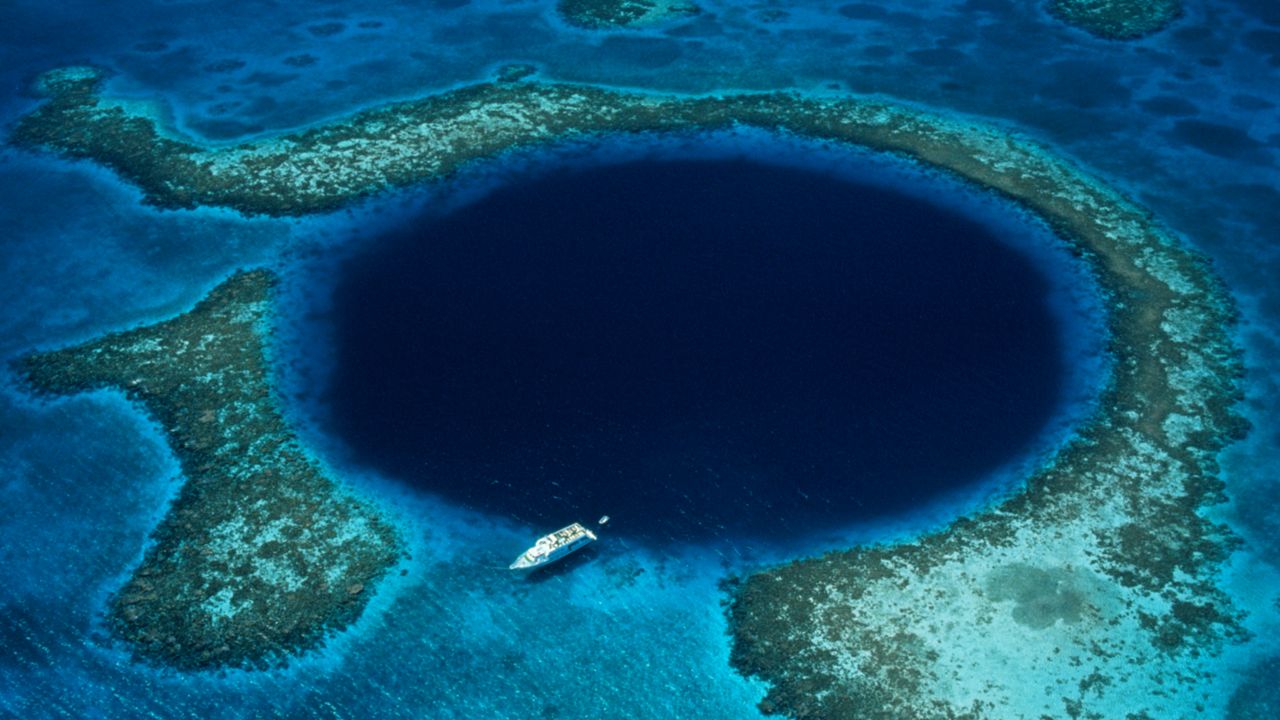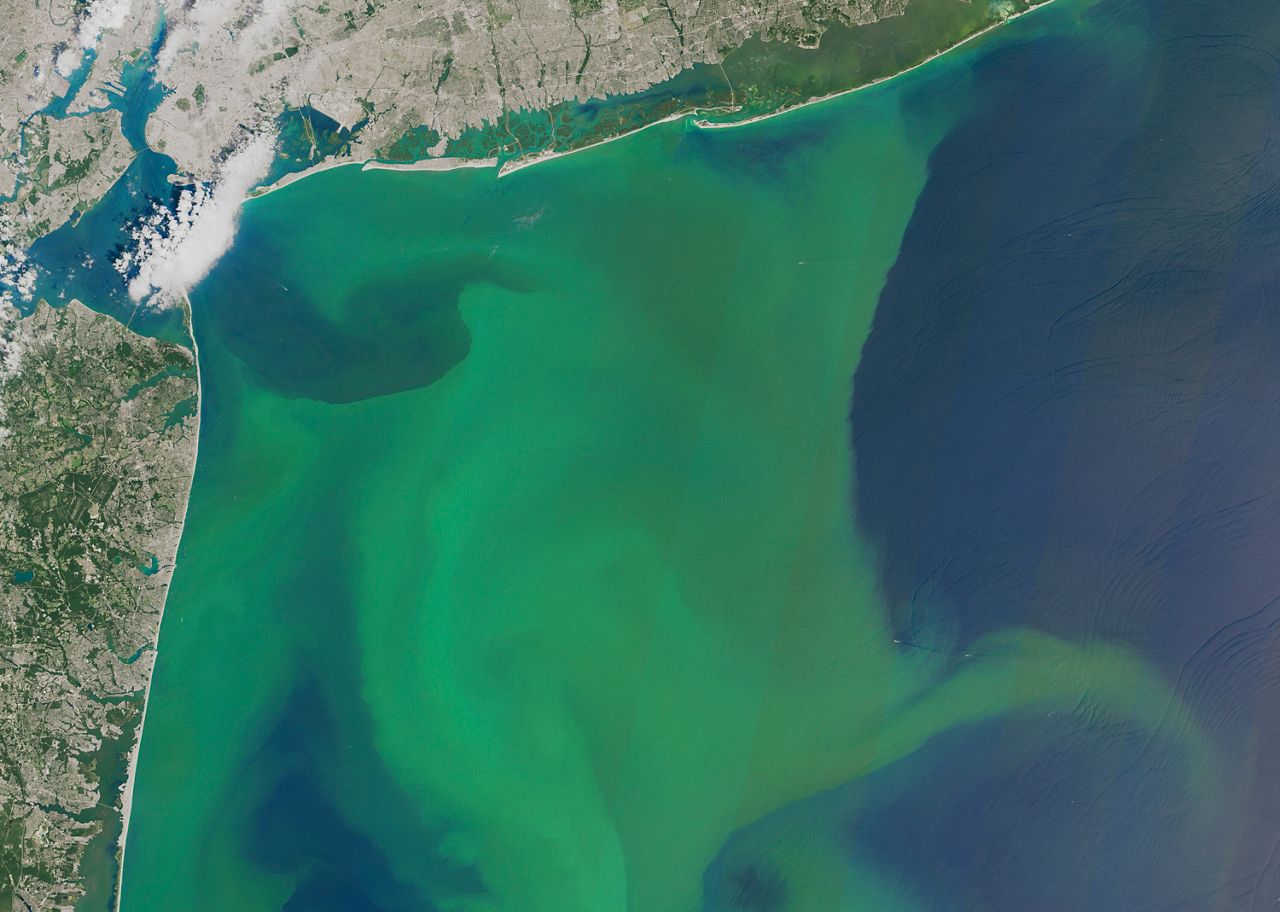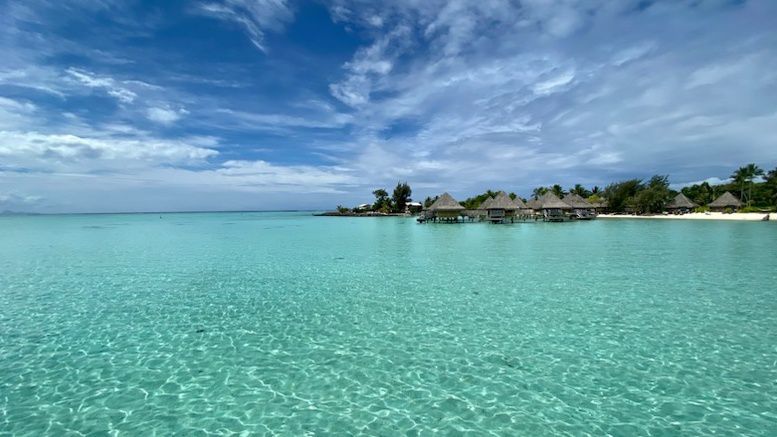Blue is the hallmark color of the sea. After all, many of the world’s most pristine bodies of water are famous for their alluring blue color.
Yet, over the last two decades, over half of the earth’s oceans detected a change in color- a trend that will likely carry on in the future.
From crayons to paint colors, many signature shades of blue carry a nautical name of some sort- and for a good reason. The bodies of water on earth predominately appear blue.
Blue Lagoon, one of Malta’s best beaches in the Mediterranean, is known for its stunning blue waters. (Spectrum News/Shawnie Caslin-Martucci)
Although new research uncovered by the Massachusetts Institute of Technology (MIT), and supported by NASA, reveals that earth’s oceans are changing color.
What determines ocean color?
Despite the wide variety of shades, blue remains the dominate hue characterizing most bodies of water on earth. But different factors, including depth, sediment and other organic compounds and organisms, determine how blue it appears.
Water itself is colorless. Yet, the vast amounts that cover 71% of the earth’s surface typically appear blue to the eye. NOAA breaks down physics as to why the ocean appears blue here.
While shallow waters often project lighter or brighter shades of blue, deeper waters yield darker hues- mainly due to more light being absorbed rather than reflected.

Deeper water will appear darker blue due to more light being absorbed. This can be seen in this picture of the Great Blue Hole off the coast of Belize. (Getty Images)
Depth isn’t the only factor that determines ocean color, either. The other organisms living within a body of water also play a key role as well.

Satellite image captures greener water off the coast of New York and New Jersey, which is indicative of an algae bloom. (NASA)
Phytoplankton specifically are known to contribute to ocean color, by casting a greenish hue. These plant-like organisms create their own food via photosynthesis and, therefore, are also green.
While microscopic to the naked eye itself, dense populations of phytoplankton will make a body of water appear greener.
A change in climate, a change in colors
Recent research released from MIT discloses that our oceans are in fact changing color.
The Moderate Resolution Imaging Spectroradiometer (MODIS) on NASA’s Aqua satellite, which collects visible and infrared radiation data used for monitoring ocean color (in addition to other physical characteristics of the earth’s atmosphere and surface), was a major tool used in the study to detect the change.
MODIS measures all visible light waves, but two are essential for analyzing chlorophyll- and hence the ebb and flow patterns of phytoplankton on the earth’s sea surface.
Taking into account natural year-to-year variations, the team looked back at data taken from MODIS over the last 20 years. The results revealed that 56% of earth’s oceans saw an uptick in chlorophyll concentrations, implying that our oceans are becoming greener.
Back in 2019, a research team led by Dr. Stephanie Dutkiewicz, a senior researcher at MIT’s Department of Earth, Atmospheric and Planetary Sciences and Center for Global Change Science, developed a model that could forecast changes in phytoplankton and algae communities, and thus, ocean color.
In order to see if climate change effects the model’s output, the team adjusted some of the model’s variables, including increasing global temperatures by three degrees Celsius. With this factored in, the team noted that blue and green light waves increased at a faster rate.
Researchers in the latest study used Dutkiewicz’s model (the once that accounts for climate change) to see how it compared to the actual data provided by MODIS.
Running it from 2002 to 2022, the model output showed similar results to the actual data, predicting about 50% of the earth’s oceans to be greener within the 20-year span.
This change in color isn’t detectable by the human eye yet, but could be quite noticeable by the end of the 21st century.
While most of the waters in the tropics and near the poles will likely become greener due to more phytoplankton migrating there, the lack of life in the subtropical waters could, in fact, become bluer in the years to come.

Bora Bora’s brilliant blue-green waters are some of the most picturesque in the world. (Spectrum News/Shawnie Caslin-Martucci)
Even though the reason behind the shift in phytoplankton communities is uncertain, the scientist involved with the study claim that climate change could likely be a contributing factor.
Simply put, a shift in shade is a side effect from some underlying cause- one which could be a result of the changing climate.
Our team of meteorologists dives deep into the science of weather and breaks down timely weather data and information. To view more weather and climate stories, check out our weather blogs section.

